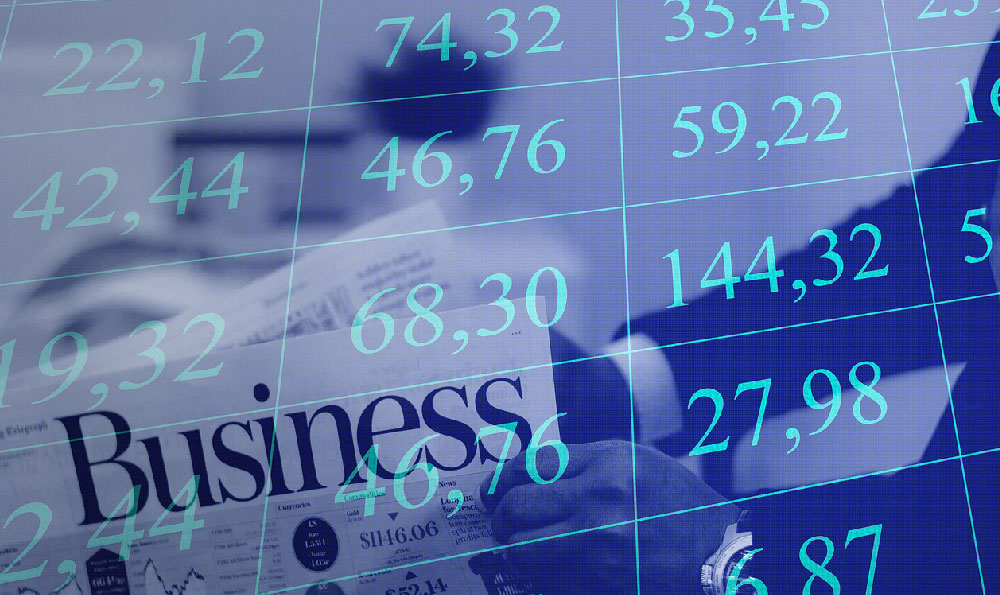
The potential earnings from a Mike Tyson vs. Jake Paul fight are colossal, drawing attention not just from boxing fans but also from the wider public interested in celebrity spectacle and financial implications. Estimating the exact sum Tyson would make is complex, involving a multitude of factors, but we can delve into the likely revenue streams and expense deductions to arrive at a reasoned projection.
First, consider the potential pay-per-view (PPV) revenue. Such a high-profile event would undoubtedly generate significant PPV buys. Tyson's name still carries immense weight, and Paul's ability to draw a large, younger audience is undeniable. Historical PPV performances of similar events, like Tyson’s past exhibition fights and Paul’s bouts against other celebrities and former MMA fighters, offer some benchmarks. Assuming a price point around $60-$80, even conservative estimates suggest upwards of 1.5 million buys wouldn’t be out of the question. A more optimistic scenario, fueled by intense marketing and social media buzz, could push it closer to 2 million or even 2.5 million buys.
Revenue isn't solely derived from PPV. Ticket sales for the live event itself would contribute substantially. A stadium or arena capable of holding a large audience would be required, and premium seating, ringside access, and VIP packages could command exorbitant prices. Considering the demand, ticket revenue could easily reach tens of millions of dollars. Sponsorship deals represent another significant income stream. Major brands across various industries would be keen to associate themselves with such a globally visible event. Sponsorship packages could include logo placement on the ring, fighter apparel, promotional materials, and digital advertising. These deals could add up to millions of dollars more, particularly if multiple prominent sponsors are secured.

Merchandise sales, encompassing everything from t-shirts and posters to memorabilia and digital collectibles, also contribute to the revenue pot. The combined drawing power of Tyson and Paul would likely drive significant merchandise sales, adding another layer of financial gain. International broadcasting rights are also a key consideration. The fight would be broadcast to a global audience, with television networks and streaming services vying for the rights to show the event in their respective regions. These broadcasting deals can generate significant revenue, further boosting the overall financial pie.
After calculating potential revenue, it’s vital to consider the expenses involved. Production costs for a high-profile boxing event are substantial, encompassing venue rental, staffing, security, marketing, and promotion. Fighter purses represent a large expense, with Tyson undoubtedly commanding a significant guarantee. Paul, given his role in driving the event, would also likely negotiate a sizable purse. Other expenses include training camp costs, travel expenses, insurance, and regulatory fees. The promotional aspect alone requires significant investment, including television commercials, online advertising, social media campaigns, and press conferences.
Breaking down potential percentages, PPV revenue is generally split between the fighters, the promoter, and the cable/streaming providers. The exact split depends on the negotiated contracts, but a common arrangement might see the fighters receive a percentage of the net PPV revenue after deducting expenses and the provider’s share. Tyson, due to his legacy and name recognition, could likely negotiate a larger percentage than Paul. Sponsorship revenue is typically split between the fighters and the promoter, with the promoter retaining a larger share. Ticket revenue is usually divided between the venue, the promoter, and potentially the fighters, depending on the specific agreements.
Taking all these factors into account, it's reasonable to estimate that Tyson's total earnings from the fight could range anywhere from $20 million to $50 million or even higher, depending on the success of the PPV sales, ticket sales, and sponsorship deals. While this is an estimation and the actual figure will be dependent on the specifics of the finalized agreements and event performance, it provides a plausible range based on industry benchmarks and historical data.
Now, addressing the question of whether it’s “worth it” is more subjective. From a purely financial perspective, such a payday is undoubtedly attractive for Tyson, especially considering his age and the potential for continued earnings through endorsements and related ventures. It would solidify his financial security and provide further opportunities for investments and philanthropic endeavors. However, the worthiness extends beyond monetary gain.
Tyson’s legacy as a boxing icon is already firmly established. Engaging in a fight against a much younger, albeit less experienced, opponent carries some risk of diminishing his reputation if he performs poorly. Critics might argue that such a fight is beneath him and that he should focus on preserving his legacy rather than chasing a paycheck. On the other hand, Tyson has consistently sought new challenges and opportunities throughout his career. This fight presents a chance to showcase his skills to a new generation of fans and to prove that he can still compete at a high level, albeit in an exhibition setting.
Furthermore, the "worth it" equation involves considering the physical toll. Boxing, even in an exhibition format, carries inherent risks of injury. Tyson needs to carefully assess his physical condition and ensure that he is adequately prepared for the rigors of a fight. The potential for long-term health consequences must be weighed against the financial rewards.
Ultimately, the decision of whether or not the fight is “worth it” is a personal one for Tyson. It requires a careful balancing act between financial incentives, legacy considerations, physical well-being, and personal motivations. While the potential earnings are undoubtedly substantial, the decision should be based on a comprehensive evaluation of all the factors involved. He must consider if the benefits outweigh the potential risks and if the fight aligns with his long-term goals and values. It is a gamble with high stakes, but also a potential high reward.





